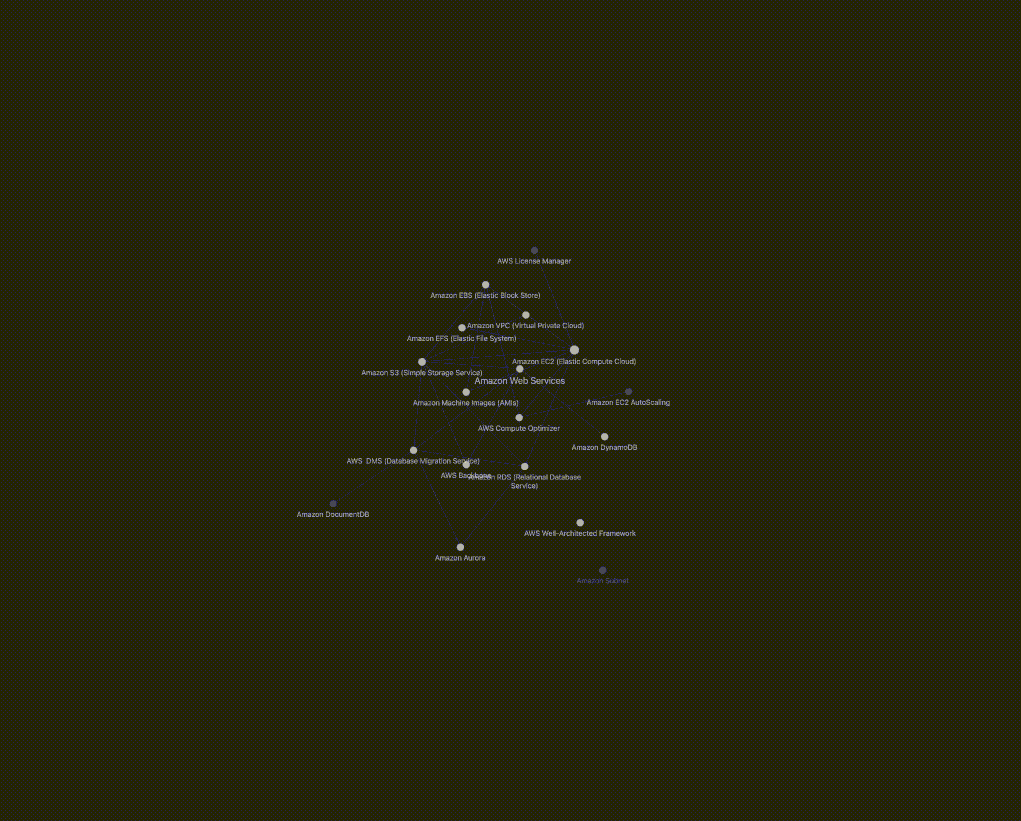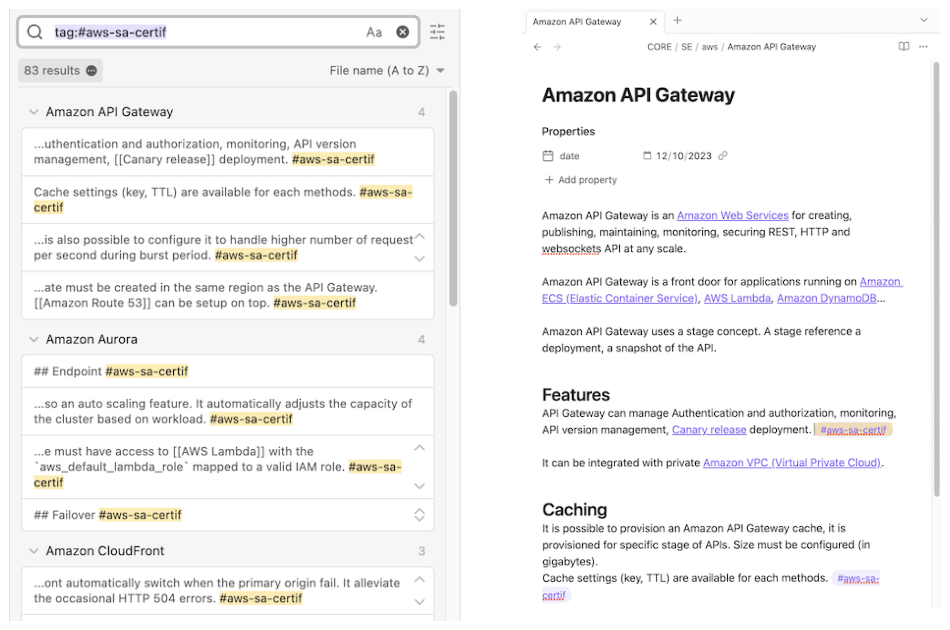I’ve been building cloud solutions with AWS for four years now. Recently, I decided it was time to start my certification journey. I wanted to broaden and deepen my knowledge and value my expertise.
Before starting my journey, I had a strong knowledge of some AWS Services. However, this knowledge was insufficient to get the certification. I knew almost nothing about hybrid cloud, on-premise migration, AWS Organizations…
In this blog post, I will share the working method that I implemented to pass the certification.

Goals
I had three goals :
- Build a strong knowledge base. My aim is not to collect badges, but to build real expertise. I don’t want to cram and forget everything a few days after the exam.
- Build a durable knowledge base. For the next certifications, I don’t want to start from scratch. I’d like to be able to reuse and consolidate my work.
- Pass the AWS Solution Architect Associate (SAA-C03) certification.
My Method
I started my journey with a three-day formation on AWS Architecture. During the formation, I took unstructured notes.
After the formation, I had to work alone several weeks before the exam. I was looking for a method or a tool to ease my learning, organize my knowledge, and make it durable.
Structured notes
Knowledge management tool
I decided to use Obsidian. Obsidian is a writing app that uses open and non-proprietary file formats. The app provides a way to interconnect writings (notes) and represent them as graphs. Graphs ease the representation at a higher level. Obsidian also provides a lot of plugins, themes, and different tagging capabilities. It is completely free and available on different platforms so I can have my notes everywhere.
Notes
I started by turning my unstructured notes into more consistent and durable notes in Obsidian. One file per AWS service or important feature. I structured my notes in several parts with a summary and references to documentation.
I created one note per AWS service, important feature or cloud concept. I structured my notes in several parts with a summary and references to documentation. Each part deals with a specific aspect of the service. The aim of a note is not to be as complete as the documentation. So it’s important to summarize each part in a few sentences. A well-written note can be reread quickly, and provides a clear understanding of all aspects of the service. The references section provides quick access to more complete and detailed documentation.
The connections between notes appeared by themself. For example, an EC2 instance can use EBS volumes, so there is a connection between the two notes.

Practice Exams
Once I had all my notes and I felt confident about my knowledge, I started to do training exams. From my search, it appears that Jon Bonso’s training exams were the best to prepare for SAA-C03 certification. I searched mainly on this Reddit and on Udemy’s course reviews.
After each exam, I took time to enrich my notes from the correction. Certain questions require specific knowledge of an option or limit quota. To find this information easily, I’ve used tags. This way, I could find these items quickly from the Obsidian search bar.
 Overall, the practice exams prepared me well for the exam.
Overall, the practice exams prepared me well for the exam.
Every day, I took the time to read my notes and follow the connections between them. It allowed me to learn and reactivate my knowledge.
Conclusion
I passed the exam with success. I built a knowledge base that I can enrich and reuse for other certifications such as AWS Certified Solutions Architect Professional (SAP-C02). This method is more time-consuming and tedious than cramming, but I think that in the long term, it’s much more useful and optimal.